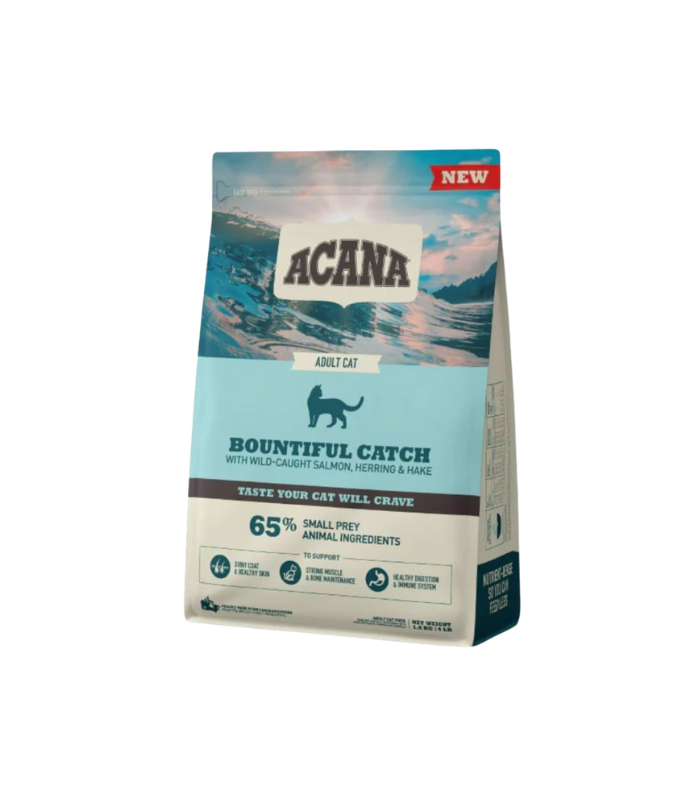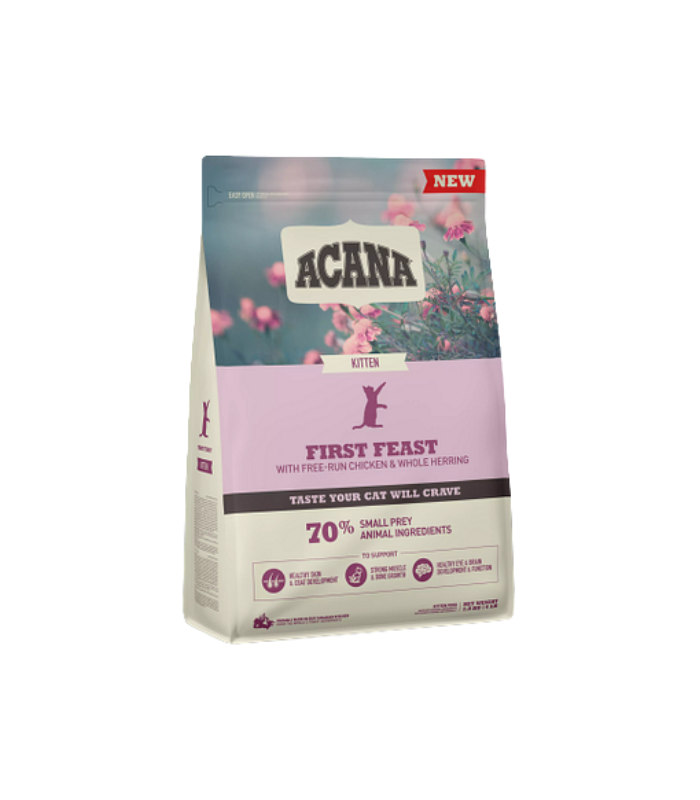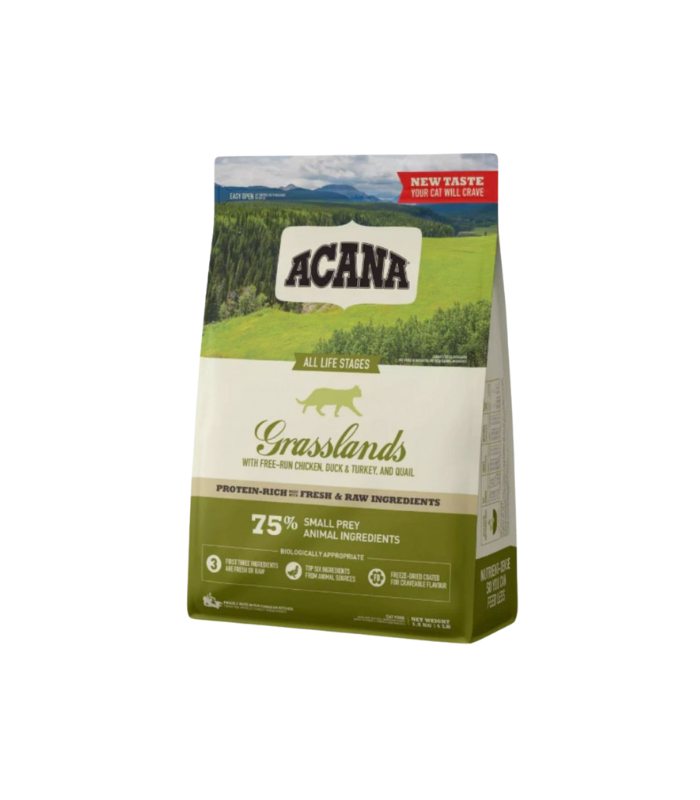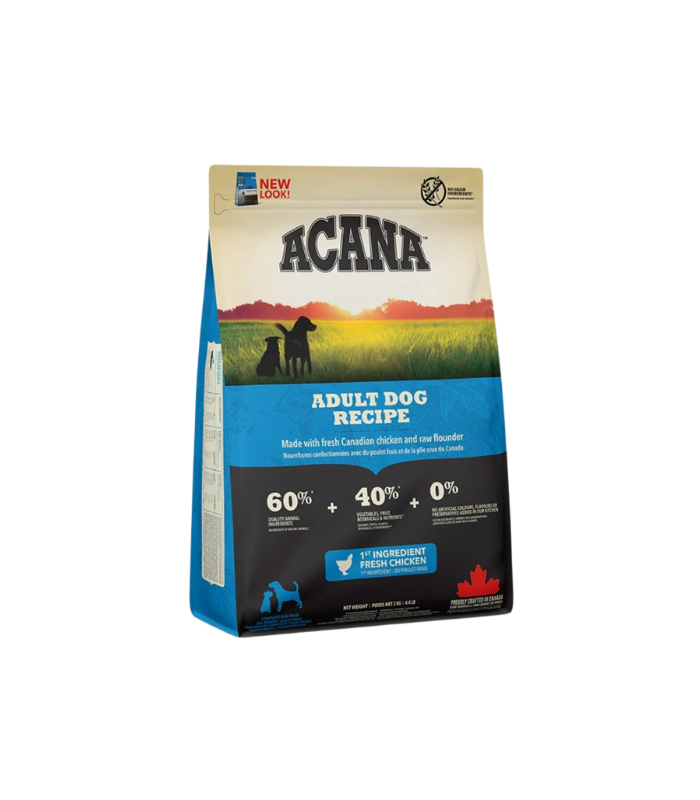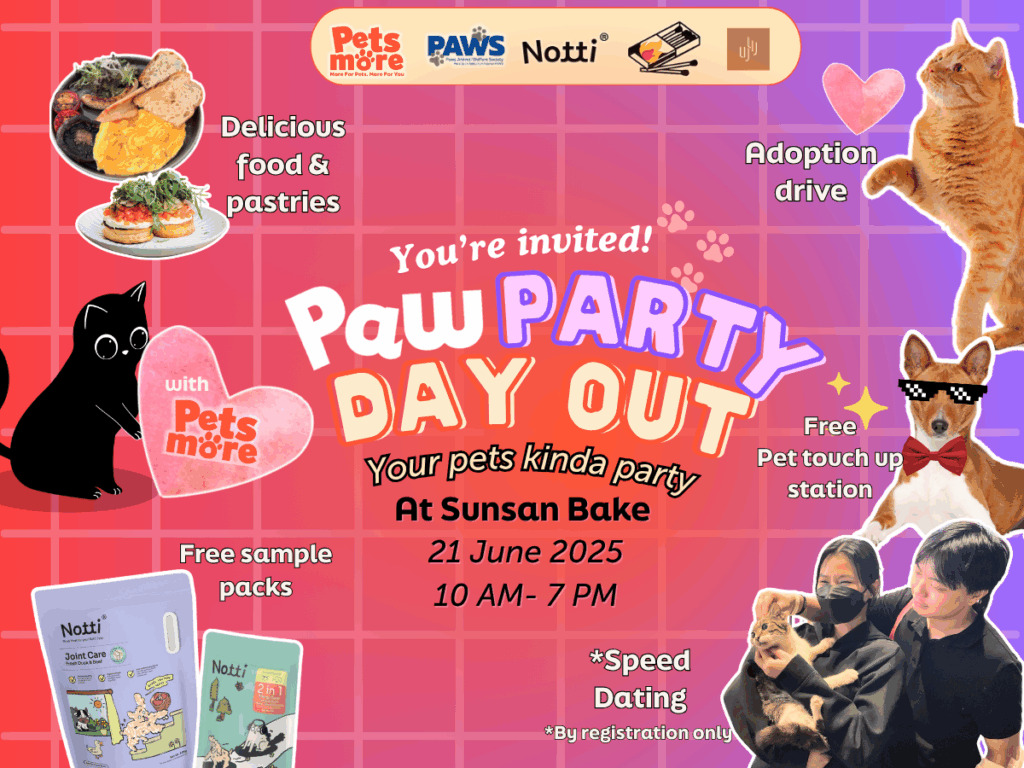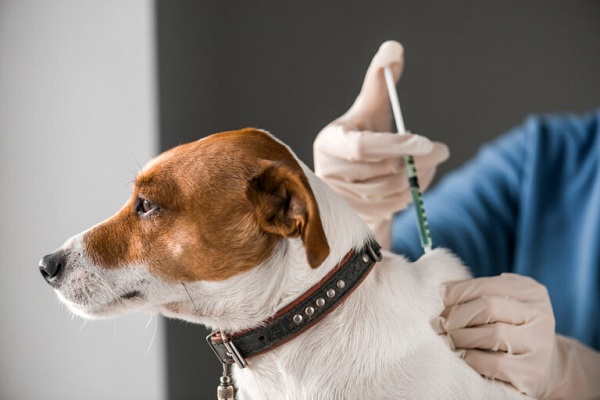Real Solutions for Strays in Malaysia. And How You Can Help.
In Part 1, we explored why Malaysia struggles with high stray populations and what these animals face daily.
Now, let’s move into the how.
How do we address this challenge in a humane, effective, and sustainable way?
And how can individuals shift from feeling helpless or frustrated to taking meaningful action?
Why Catch & Kill Doesn’t Work

Why “Catch & Kill” Doesn’t Work
A common belief is that removing strays from the streets will reduce their numbers. Because of this, some local councils continue using “catch and kill” methods under the banner of population control.
However, research and decades of real-world evidence show that:
❌ Catch and kill does not reduce stray populations long-term.
When animals are removed from an area, a “vacuum effect” occurs.
New animals enter the territory, food sources remain, and the population quickly rebounds.
This results in:
- Resources being repeatedly spent with little long-term impact
- Continued animal suffering
- Minimal public health improvement
Simply put, the cycle continues without real change.
TNR: The Proven, Humane Solution
TNR (Trap-Neuter-Return) has been widely recognised globally and regionally as the most effective and humane way to control stray populations.
What is TNR?
Trap: Animals are humanely captured.
Neuter: They are sterilised by licensed veterinarians.
Return: Once recovered, they are released back into their familiar territory.
Most are ear-tipped to indicate they’ve been sterilised.
Why TNR works
- Prevents future births
- Reduces roaming and aggression
- Creates calmer, healthier colonies
- Provides stable long-term population control
Over time, TNR leads to smaller populations and better coexistence between animals and communities.
Case Study: Soi Dog Foundation (Phuket) & IAPWA (Penang)
Let’s look at two success stories — one global, one right here in Malaysia.

Established in 2003, Soi Dog Foundation transformed Phuket’s stray situation through large-scale TNR, vaccination, education, and adoption initiatives.
Their results:
- Over 900,000 animals sterilised and vaccinated
- Significant and sustained reduction in stray numbers
- Strong public trust and government partnership
International recognition as a model for humane animal management.

Closer to home, IAPWA Penang partners with MBPP and local volunteers to implement structured TNR programs.
Their achievements include:
- Thousands of dogs and cats sterilised and vaccinated
- Community education on responsible feeding and care
- Rescue and rehabilitation of sick or injured animals
- Advocacy for policy changes to support humane management
If these models work in Phuket and Penang, they can be adapted and expanded across Malaysia. The key lies in prioritisation, planning, and community support.
How the Public Can Help
You don’t need to run a shelter or be part of an NGO to make a difference. Small, consistent actions create meaningful impact.
1. Support or Start a Local TNR Initiative
- Form a neighbourhood TNR group
- Collaborate with local vets for subsidised neutering
- Sponsor neutering for colonies managed by feeders
- Even 2–3 sterilised animals a month contributes to long-term reduction
2. Educate, Don’t Judge
Help dispel common misconceptions:
- “Feeding causes overpopulation.”
➝ Feeding without neutering does. - “Sterilised animals become weak.”
➝ They generally become healthier. - “Strays carry diseases.”
➝ Vaccinated and dewormed animals pose minimal risk.
Positive conversations go a long way in shifting public perception.
3. Feed Responsibly
- Keep to a consistent schedule
- Use feeding plates or stations
- Clean up after meals
- Build trust — important for future trapping and neutering
4. Report Abuse — Not the Animals
Animal cruelty is an offence under the Animal Welfare Act 2015.
If you witness abuse or poisoning, document it and report to the DVS Hotline: 019-224 2233
5. Adopt or Help Promote Adoptions
If you’re unable to adopt:
- Share adoption posts like these ones
- Highlight senior animals, black cats, special-needs pets, or ear-tipped animals
- Use your social platforms to increase visibility
Every share increases their chance of finding a home.
If You Have Strays in Your Area
Before lodging a complaint or calling authorities, consider:
- Are they already ear-notched/sterilised?
- Are there feeders or volunteers managing the area?
- Can you help with neutering, food, or transport to the vet?
- Can you assist with deworming or basic parasite control?
- Would building a small, safe shelter help?
- Can you post flyers to find adopters?
"You don’t need to save every animal. But you can change the world for one."
Final Thoughts
Stray animals are not the cause of the problem — they are the result of gaps in education, inconsistent policies, and lack of accessible neutering programs.
But the good news is: proven solutions exist.
By embracing humane, sustainable methods like TNR and learning from success stories such as Soi Dog and IAPWA, Malaysian communities can build safer streets, healthier environments, and kinder neighbourhoods.
Together, we can create a future where people and animals coexist peacefully — one thoughtful step at a time.
References:
- Soi Dog Foundation. (2023, September 14). Stray puppy becomes millionth animal to be neutered and vaccinated by Soi Dog Foundation. The Phuket News. Retrieved from https://www.thephuketnews.com/stray-puppy-becomes-millionth-animal-to-be-neutered-and-vaccinated-by-soi-dog-foundation-89562.php Phuket News
- Soi Dog Foundation. (n.d.). About Us. Retrieved from https://www.soidog.org/content/about-us/ Soi Dog Foundation
- The Thaiger. (2024). Phuket declared nearly rabies-free thanks to Soi Dog. Retrieved from https://thethaiger.com/news/phuket/phuket-declared-nearly-rabies-free-thanks-to-soi-dog Thaiger
- Boone, J. D. (2015). Better trap–neuter–return for free-roaming cats: Using models and monitoring to improve population management. Journal of Feline Medicine and Surgery, 17(7), 607–614. https://doi.org/10.1177/1098612X15594995 SAGE Journals
Ranlet, S. (2022, October 14). Saving cats and kittens by tackling overpopulation at the source [Blog post]. SPCA of Wake County. https://spcawake.org/saving-cats-and-kittens-by-tackling-overpopulation-at-the-source/ SPCA of Wake County

